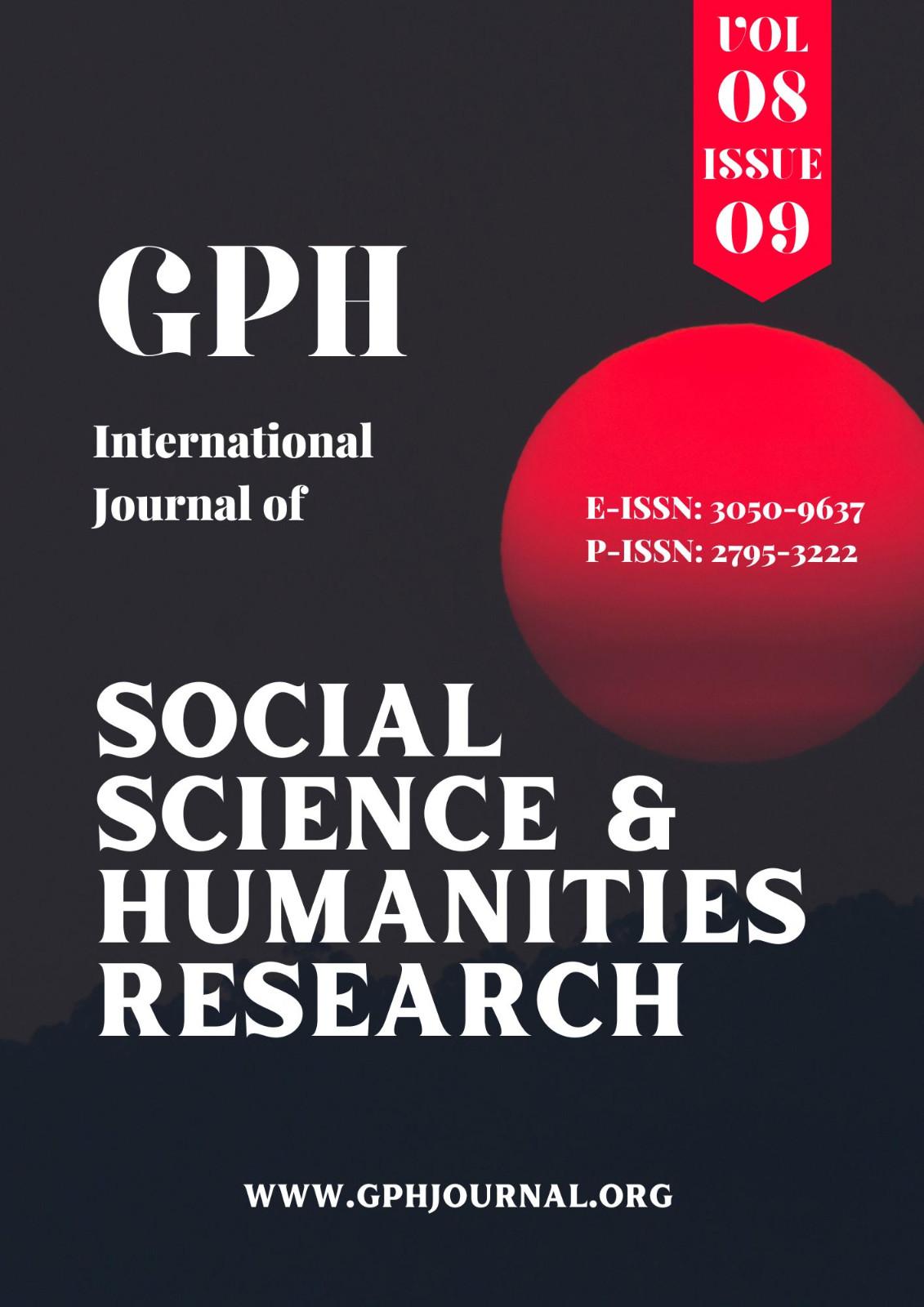DEFENSE BUDGET PREPARATION BASED ON LIFE CYCLE COST (LCC) AS AN EFFORT TO IMPROVE THE READINESS OF TNI'S DEFENSE EQUIPMENT
Abstract
This study analyzes the Life Cycle Cost (LCC)-based defense budgeting as an effort to improve the readiness of the Indonesian National Armed Forces (TNI)'s Main Weapons Systems (Alutsista). To date, Indonesia's defense budget has tended to focus on the procurement of new defense equipment, while aspects of maintenance, modernization, and long-term logistical support have not been fully accommodated. This creates an imbalance between capital expenditures and maintenance expenditures, which has resulted in a degradation of the operational readiness of defense equipment. This study uses a qualitative approach with descriptive-analytical methods, through in-depth interviews, observations, and documentation studies at the Ministry of Defense, TNI Headquarters, the three branches of the TNI, and defense experts. The results indicate that the LCC concept has not been fully integrated into defense budget planning due to regulatory constraints, limited life cycle cost data, and a lack of human resource capacity. However, there is a strong awareness that implementing LCC can improve transparency, efficiency, and fiscal sustainability in supporting the readiness of TNI's defense equipment. This study recommends the need for budget regulation reform to enable multi-year budgeting, strengthen the maintenance and operational cost database, and improve human resource competency in LCC analysis. Furthermore, synchronization between institutions (Ministry of Defense, Indonesian National Armed Forces (TNI), Ministry of Finance, Bappenas, and economic experts) is key to realizing more realistic budget planning oriented toward long-term readiness. With consistent implementation of the LCC, the defense budget will not only be more effective and efficient but will also ensure the TNI's continued combat readiness in the face of dynamic global threats.
Downloads
References
Antony Lee. (2020, 8 Oktober). Jalan Terjal Menuju Pemenuhan Alutsista TNI. Kompas.id. Kompas
Balitbang Kemhan. (2025, 4 Maret). Manfaat perhitungan Life Cycle Cost (LCC) untuk mendukung pengadaan Alutsista TNI, dari perspektif Litbang pertahanan. Kementerian Pertahanan Republik Indonesia. Indonesian Ministry of Defense
Basri, M. C. (2022). Fiskal dan pertahanan: Tantangan keberlanjutan anggaran. Jakarta: LP3ES.
Defense Budget Gaps and Legal Implications of Alternative Financing in Indonesia: A Legal Reform Perspective.” Journal of Law and Legal Reform, Universitas Negeri Semarang. Jurnal UNNES
Depohar 80 Uji Ketangguhan Teknisi: Standarisasi Skill Level Demi Kesiapan Alutsista TNI AU.” TNI AU Portal. TNI AU
Fabrycky, W. J., & Blanchard, B. S. (1991). Life-cycle cost and economic analysis. Englewood Cliffs, NJ: Prentice Hall.
GAO. (2017). Weapon system sustainment: Selected Department of Defense weapon systems experienced readiness and mission capability challenges. United States Government Accountability Office.
GlobalData. (2023). Indonesia defense expenditure to reach $9.7 billion by 2028. GlobalData. GlobalData
Indonesia plans defense budget hike to 1.5 percent of GDP.” Antara News. Antara News+1
Janes. (2024). Indonesia proposes IDR165 trillion defence budget for 2025. Janes Defence. Default
Kolaborasi Strategis TNI AU dan PT Dirgantara Indonesia Tingkatkan Kesiapan Alutsista Udara Nasional.” TNI AU Portal. portal.tni-au.mil.id
LIPI. (2021). Kajian kesiapan alutsista TNI dan implikasinya terhadap pertahanan negara. Jakarta: Lembaga Ilmu Pengetahuan Indonesia.
LIPI. (2021). Kajian kesiapan alutsista TNI dan implikasinya terhadap pertahanan negara. Lembaga Ilmu Pengetahuan Indonesia. (LIPI laporan) — dijadikan acuan untuk fluktuasi readiness rate. Kompas+1
Miles, M. B., & Huberman, A. M. (1994). Qualitative data analysis: An expanded sourcebook. Thousand Oaks, CA: Sage.
Military Strength in ASEAN: A Comparative Analysis of Regional Defense Modernization” (2025). AYO Academy. AYO Academy - By Youth, For Youth
PT PAL Indonesia. (2025, 7 Agustus). PT PAL Indonesia, Kementerian Pertahanan, dan Akademisi Meneliti Life Cycle Cost Alutsista Kapal TNI Angkatan Laut. PT PAL Indonesia. pal.co.id
Reassessing Indonesia’s Plan to Increase Defence Budget.” (2024). ISI Indonesia. ISI
Relationship between Military Expenditure and Economic Growth in ASEAN: Evidence from Indonesia.” Journal of ASEAN Studies. Chairil, T., Sinaga, D., & Febrianti, A. Binus Journal
Sukma, R. (2020). Pertahanan Indonesia dalam konteks geopolitik kawasan. Jakarta: CSIS.
The Case For Greater ASEAN Defense Industry Collaborations.” The Diplomat. The Diplomat
The Diplomat. (2025, Juli). “Indonesia Is Out of Step With the Global Arms Race.” The Diplomat. The Diplomat
The authors and co-authors warrant that the article is their original work, does not infringe any copyright, and has not been published elsewhere. By submitting the article to GPH-International Journal of Social Science and Humanities Research, the authors agree that the journal has the right to retract or remove the article in case of proven ethical misconduct.














 Firozpur Jhirka, Haryana, India
Firozpur Jhirka, Haryana, India

